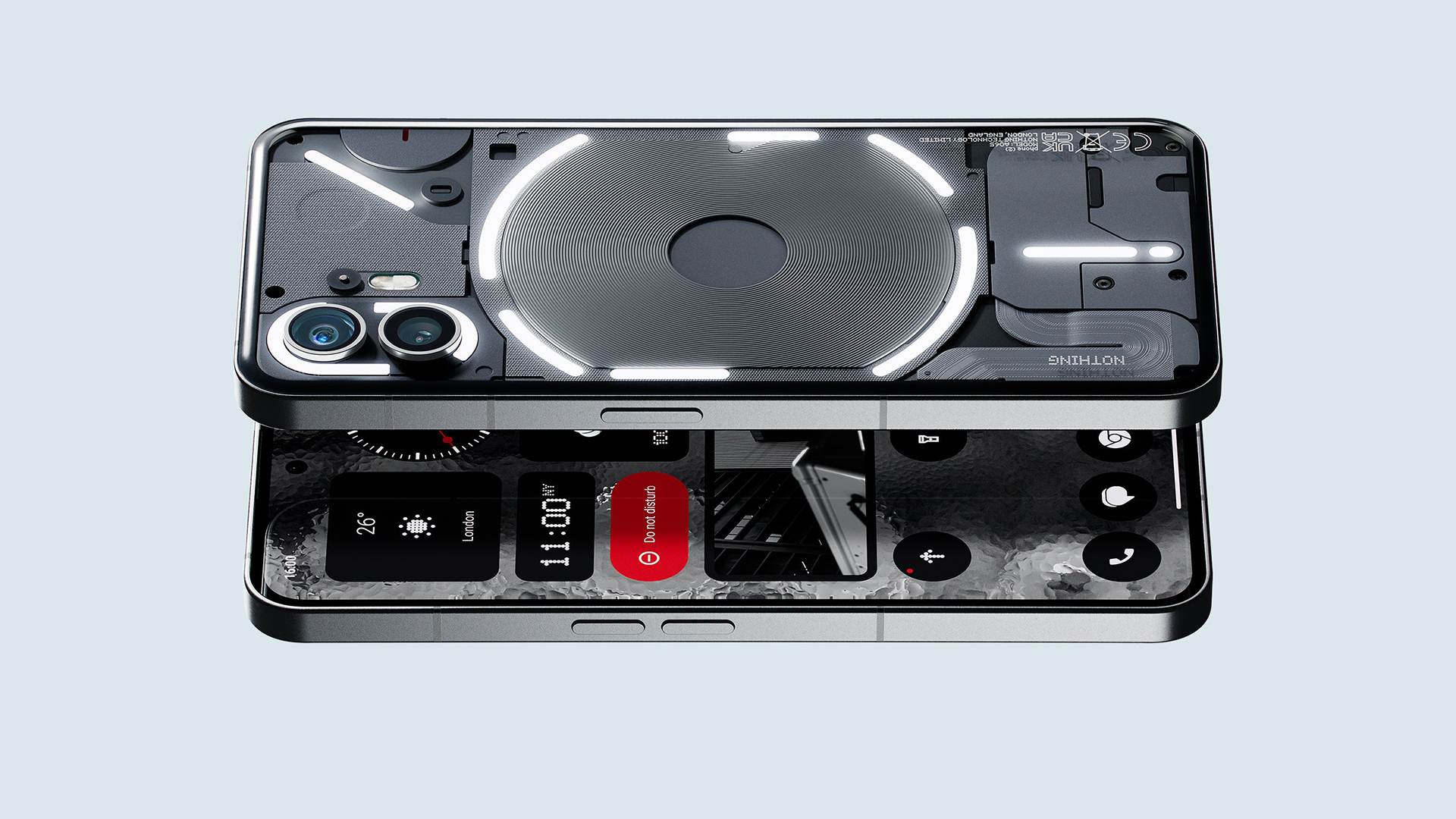
Hi everyone! I’m Justin and work in the Product Marketing team at Nothing, looking after hardware product marketing across smartphone and audio.
When I’m not working to bring incredible Nothing and CMF by Nothing products to life, I spend my time reading your thoughts and comments. It’s struck me lately that these two things are often interconnected. Every day I see the care, thought and planning that goes into our products and find myself learning something new. At the same time our amazing community has questions and a thirst for new information. So why not join the dots and share a bit of what I learn?
First up on this adventure is RAM Booster. I see a lot of misinformation online about this feature so thought I’d write a short, clear, description of what we actually doing so you can understand it better.
Understanding RAM
RAM (Random Access Memory) is essentially the short-term memory of any device. It temporarily holds the data that active apps need, making sure they run swiftly because fetching data from RAM is quicker than pulling it from the device’s storage. However, RAM can fill up quickly, especially as modern apps increasingly demand more memory. This is where RAM Booster technology really proves its worth — it helps manage and tune this memory use more effectively.
RAM Booster Technology
When it comes to activities like gaming, multitasking, or running complex applications, a phone that responds swiftly and efficiently is indispensable. Enter the Nothing OS RAM Booster, a clever tool that optimises the memory in your device to ensure it operates smoothly and responsively.
The RAM Booster consists of two components: one that fine-tunes app usage and another that employs device storage as additional RAM.
Memory Guardian
Initially, the RAM Booster acts as a guardian of your smartphone’s memory, helping to keep your device chugging along nicely by relegating apps that you aren’t actively using but are still running to the background. For instance, you might have apps that you dip into now and again which are nonetheless taking up precious RAM. This could lead to sluggish performance as your RAM gets clogged with apps you’re not using at the moment.
When the RAM Booster notices apps idly running in the background — typically after a day — it shifts them from RAM to your device’s storage. This liberates some of your device’s RAM, thus the apps you actually are using have more room to breathe and can function more efficiently.
RAM Expander
Alongside this, virtual RAM technology provides additional support by enhancing your device’s physical RAM with its internal storage. This effectively transforms some of the system storage into RAM, boosting the device’s capacity. When your smartphone’s physical RAM is maxed out due to numerous apps running at once, RAM Booster watches and kicks in. It allocates a portion of the device’s internal storage to act as an overflow for the RAM.
This involves setting aside a specific part of the phone’s internal storage to create what’s essentially a swap file. Users of Nothing OS, for example, can choose to expand 2GB, 4GB, or 8GB in the settings. This space then functions like temporary RAM, allowing data to be processed just like it would be in true RAM. Although this makeshift RAM space in internal storage is slightly slower than genuine RAM (due to differences in the nature of storage memory compared to RAM), it’s immensely useful for increasing available memory.
Enhancing Performance
With these two systems in play, your phone will have more space to run current programs, support a larger number of active background applications, and enhance overall system smoothness. This also aids in maintaining consistent performance, even when you’re pushing the phone with heavy multitasking, ensuring operations stay fluid and apps respond quickly. For example, when you switch from a video call to checking emails and then to gaming, the transitions are smoother, with apps reloading and refreshing less frequently.
Turning on RAM Booster in Nothing OS
To enable RAM Booster in Nothing OS, head to: Settings > System > RAM Booster and then select the amount of RAM you want to expand.
What Next?
This is a bit of an experiment for me so let me know what you think. Too little or too much? Helpful or not? Notes are always welcome!
Last one: do you use RAM Booster? I keep it on because it’s there if I need it but would like to hear what you do.
——
Update 1 – 24 May
Thanks everyone for the warm welcome, notes and questions. It’s a real pleasure to be part of this community.
Let me have a think and come back to you on your questions. I’ll speak to the engineering teams and see what we can share. I will say that if the feature isn’t what you need then there’s no issue with turning it off.